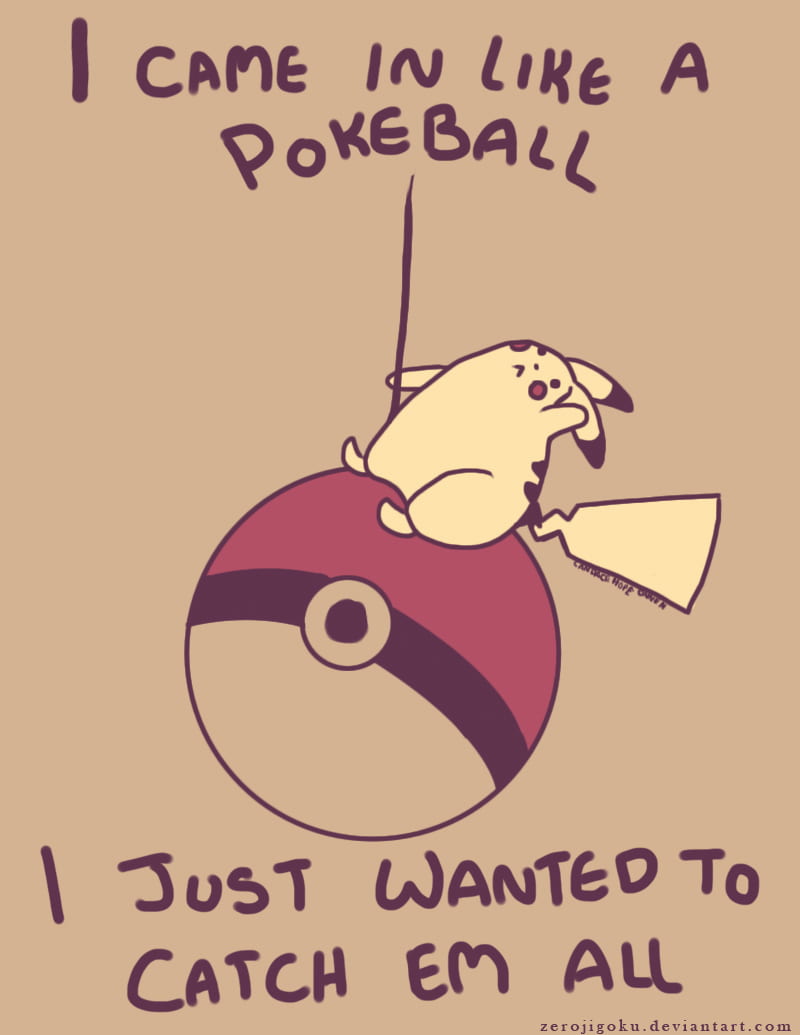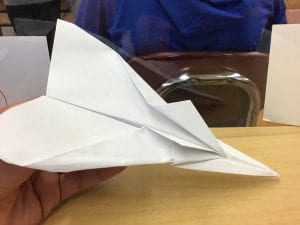I thought the couple of periods when we learned about forces of flight were kind’ve fun. One thing that helped with flight was a slightly flat tip. In addition to that, the flat tip allowed me to fly the airplane over and over without worrying about the nose breaking.
Some things I also noticed was that wings that were too big led loop-de-loops or kamikaze dives. Because of that, I have to remember not to make the wings too big.
The lift forces on this plane work on the wings and the flaps on the top. This is because the flaps redirect the air downwards, giving more lift. The weight occurs on all of the plane. Thrust occurs as air travels along the wing, and drag occurs mostly along the front of the plane. In my wood plane, I would like to add some flaps to help it fly better.
The first paper airplane (with the flat tip) worked better, so I think I will incorporate more of that into my design, as well as go for more simplicity.


